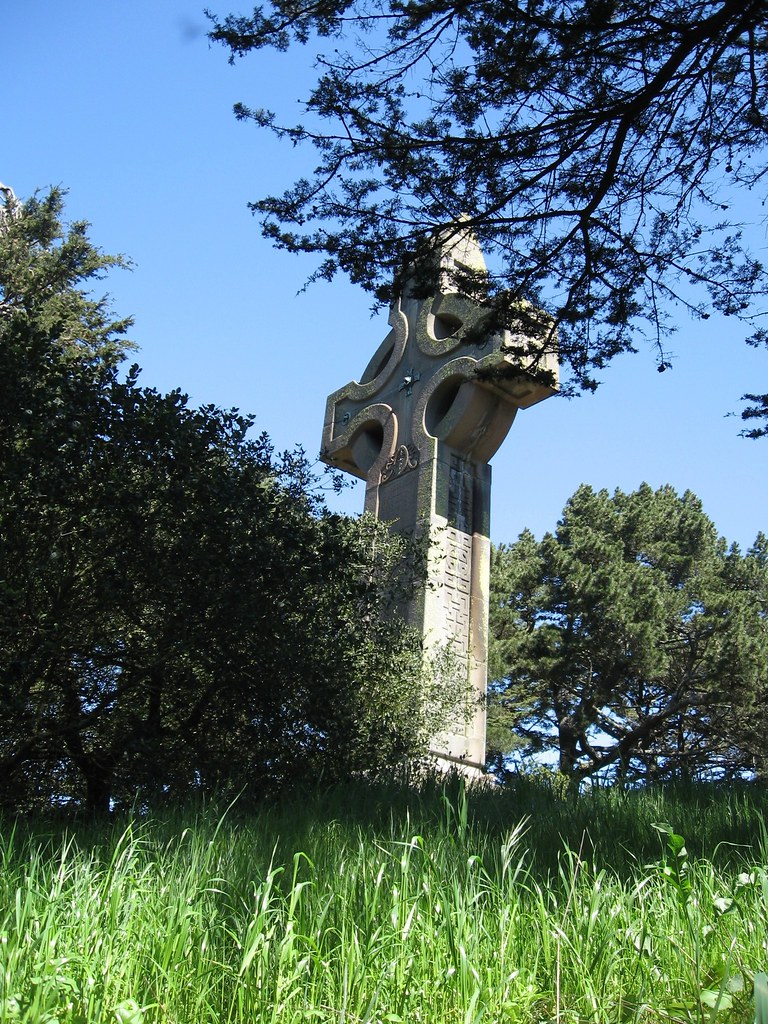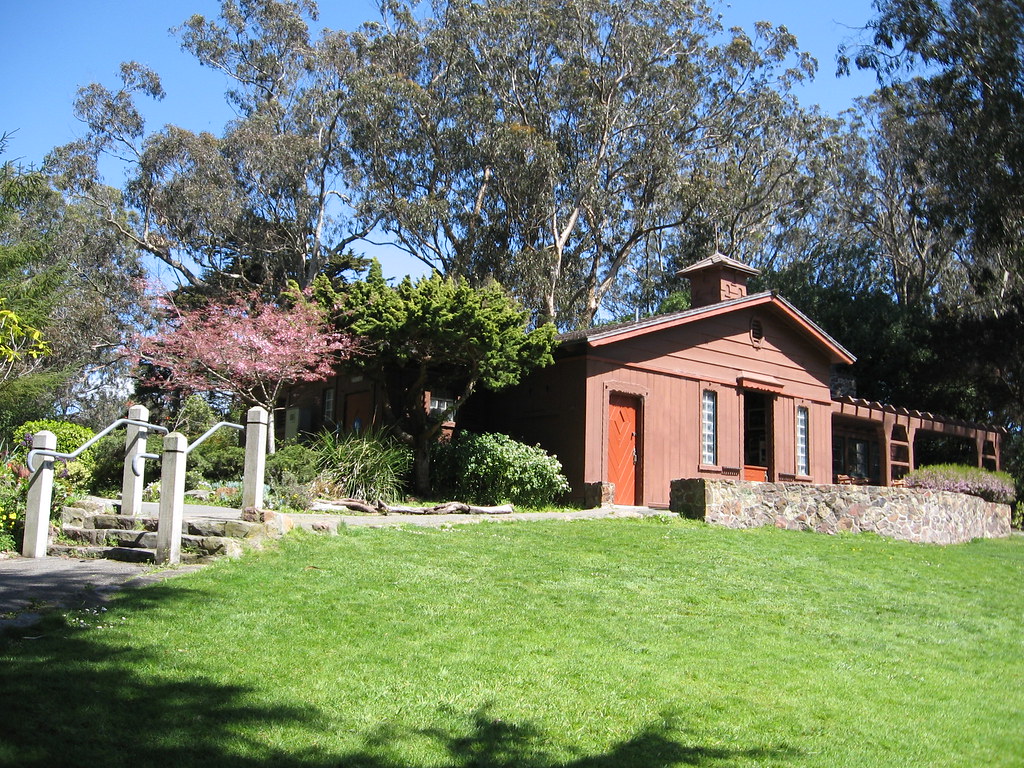
The concrete seems to creep a little further each day. However, sometimes the dirt takes a little back. This past year, under the guidance of Melinda Stone, a media studies professor at USF, and Seth Wachtel, an architecture/visual arts professor at USF, a group of young farmers took an unused lot at near the Ed building at USF and began an organic garden. “By chance,” Wachtel said, “All of the farmers are women.”
In a recent interview with Wachtel, he said this is the first class ever, consisting entirely of freshmen, to enter into this sustainability and community development project at USF. The program mission aims at promoting food security in an urban environment while developing sustainable methods of food production. The young women in the program have committed to a living and learning setting where they experience first hand the novel idea of urban agriculture.
The garden itself has more simple goals: to produce food and to provide an area for native plants to escape extinction. Wachtel was unsure what the group will do with the crops, but some possibilities include donating the harvests to local charities such as the
Haight Ashbury Food Program, using the food for community meals, or selling the produce to keep the garden self-sustaining. The Environmental Science program will cultivate the native plants.
Right now the organic garden vegetables consist of:

broccoli
cauliflower
arugula
peas
rosemary
sage
swiss chard
Along with vegetables, over 30 of these trees, vines, and bushes have been planted:

plums
peers
apples
persimmons
almonds
peachs
grapes
raspberries
boysenberries
thornless blackberries
apricots
avocados
The greens are not only the product of the freshmen farmers; architectural design students have made plans to build these garden features:

tool shed
outdoor kitchen
trellises
kiosks
greenhouse
These students will incorporate an additional sustainability factor by securing free building materials for their many projects. Beyond the free, the garden is funded by the USF living/learning budget as well as the USF architectural design budget.
Wachtel, who had been eyeing this particular plot for a few years, happened to meet Stone and when the two shared similar ideas, the collaborative garden took off. Now USF faculty and staff are anxious to help with the organic upkeep during summer vacation and current students are excited to come back next year as mentors to the new fledglings of the program.
The program, in its community outreach and development frame, is closely tied to other USF affiliated programs such as the
Quesada Gardens Initiative, which does real world design and build work for underserved communities world wide. Locally, Quesada is involved in
exploring proposed land use in the Bayview/Hunters Point area. The program has also worked in Zambia where they built a library for street children and in Central Mexico providing housing for indigenous peoples forced to relocate to cities.

Wachtel, who came to USF from Berkeley in 2004, has provided the necessary link to these programs in relation to USF. The Architecture department at USF was young when Wachtel came and his vision of crafting the program to the Jesuit mission was more than attainable. Not only did he build a successful program, he has been able to extend architecture into the realm of social good.
He is the Housing Advisory Commissioner for the city of Berkeley, a position responsible for providing ways to increase low-income housing. He is on the
Board of Groundwork Institution, a non-profit design consulting institution that works around the world to develop environmentally sustainable low-income housing. And, he promoted USF’s involvement in the Building Process Alliance, a network of architects and builders who focus on respecting and sustaining beautiful places.
 PrayerBook Cross
PrayerBook Cross The Angler's Lodge
The Angler's Lodge PrayerBook Cross
PrayerBook Cross The Angler's Lodge
The Angler's Lodge



